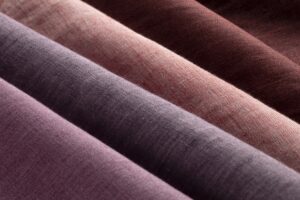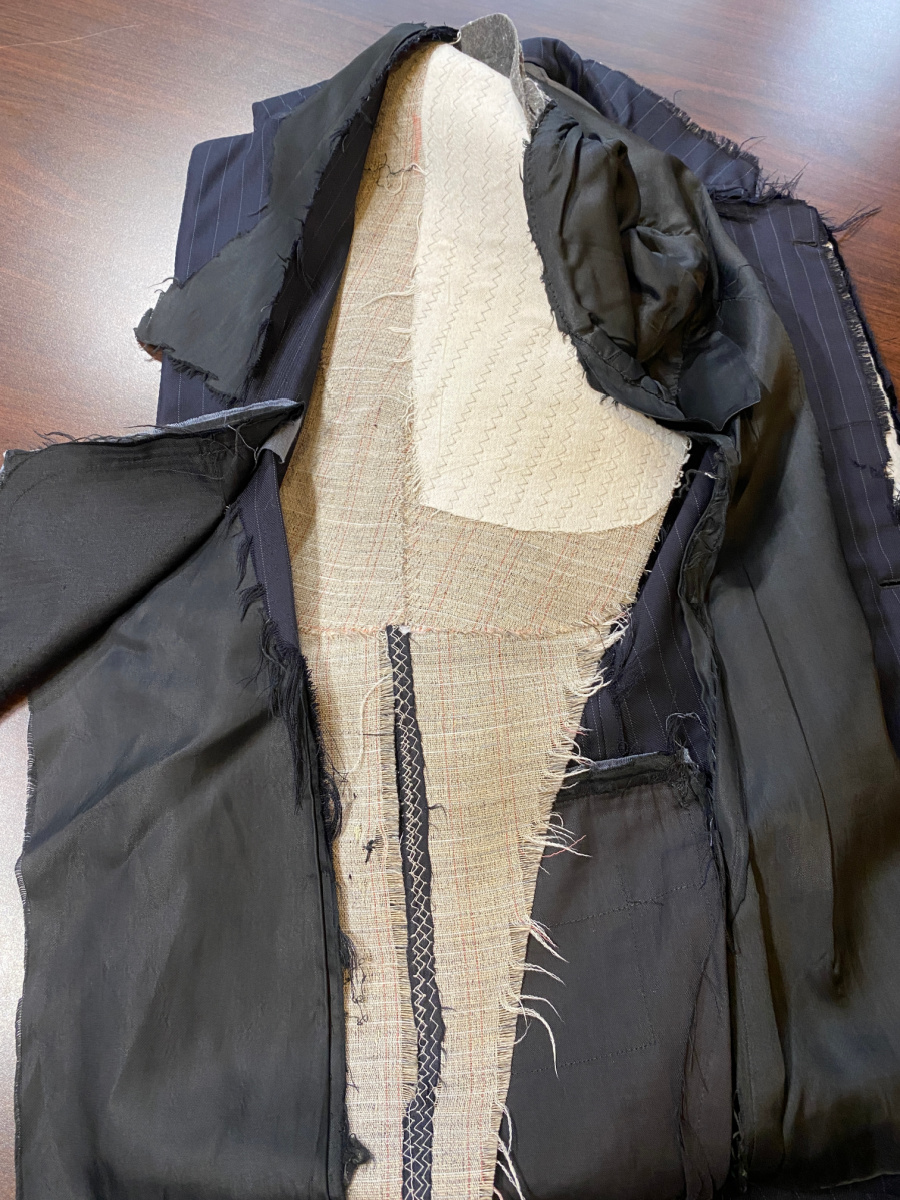Warm weather can be tough on men that enjoy looking good. There are so many outfits that are comfortable during the fall, winter, and early spring months. But once those late spring days give way to summer, it becomes difficult to layer clothes. Form-fitting fabrics that flatter a figure in the cooler months become sweat traps as it gets warm out. Summer is, without a doubt, the most challenging season for men’s formal wear. In today’s blog, we will be tackling the challenge of how to wear a suit in the summer?
Sure, if you’re going to a wedding and need a tuxedo in Philadelphia, you can tough it out.
Fabrics
A typical wool suit simply won’t work once it gets above seventy or eighty degrees. However, there are many breathable fabric options ranging from formal to novel.
Seersucker and linen suits look relaxed and semi-casual appearance. Linen tends to wrinkle very easily which adds to its casual effect; a linen-cotton blend can get around this issue pretty easily. Seersucker is a rumpled cotton fabric typically covered in thin vertical stripes of pale blues, pinks, greens or yellows. It’s lightweight and in recent years has grown in popularity (particularly on the west coast), but is still considered very casual and inappropriate for formal situations.

Cotton and fresco suits allow the wearer a still formal appearance while allowing for a more breathable feel. Fresco is an Italian wool and because of its open weave, it provides a lighter wear with more airflow than the average wool suit. Cotton is a classic fabric and immensely comfortable but is stiffer than wool. It has a slightly different look than other suits, and while probably not as formal as the typical suit fabrics, is generally acceptable in formal occasions during the summer.
Color
While black, navy and dark grey are staples of men’s conservative dress, summer fabrics can be a bit more colorful to better reflect the sun’s rays.
- Light blue like robbins blue act as navy’s summertime cousin. The linen suit is probably the best choice for this particular shade.
- Khaki or beige toes the line between casual and formal better than any other summer color. It’s most commonly found on cotton suits making the khaki cotton combo the most versatile of the summer wardrobe options.
- Light grey maintains a formal appearance regardless of the situation. This shade works on almost any fabric (with the exception of seersucker) and has the benefit of working well a number of other colors. For the most formal summer-weight suit, a light grey fresco can keep you cool and still boardroom appropriate.
- Pastel shades such as green, pink, and purple can be donned to effectively beat the heat but leave it at home if your destination is the boardroom.
- 4. White: A bold and elegant choice, a white suit can be incredibly striking when worn with confidence. It’s perfect for formal summer events but requires careful maintenance to keep it looking pristine.
Construction
If suit construction is a new concept for you, we recommend you take a look at this blog. But in a nutshell when we refer to a suits construction, we are talking about the material used to hold a suit jackets shape or skeleton. Cheaper suits will use a glue like binder that not only has an inferior lifespan, but also traps in heat. A quality suit will be made with a full-canvas construction out of synthetic or natural fibers that allow air to pass through and be more breathable. So when planning a summer wardrobe make sure you don’t neglect the canvas.

While we love a three piece suit nine months out of the year, it is safe to assume that the vest should stay in the closet during the summer months.
Conclusion
When you’re ready to find your next suit for summer stop by our suit store in Philadelphia, we can craft you a look for this summer and many more to come. Call 215-310-0219 or email info@henrydavidsen.com when you are ready to get started.



